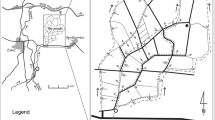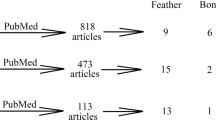Abstract.
Some Mediterranean wetlands are found between the areas with the highest prevalence of lead pellet exposure for waterfowl in the world. To assess the situation in Spain, availability of pellets in sediments and rates of ingestion by waterfowl were determined in four important wetlands: Albufera de València, El Fondo, Tablas de Daimiel, and Doñana (Guadalquivir Marshes). Lead pellet density in sediment was maximum in the Albufera, with 2.8 million pellets/ha. In Tablas de Daimiel, where hunting was banned in 1965, about 1.0 million pellets/ha were found. Percentages of shot waterfowl with ingested pellets were maximum in the wetlands on the Mediterranean coast (El Fondo and Albufera de València): 87.5% of common pochard (Aythya ferina) and approximately 33% of mallard (Anas platyrhynchos) and shoveler (Anas clypeata) contained ingested pellets. It was found that mallards with > 5 μg/g dry weight of lead in the liver had 8.5% lower body condition and 7.7% less body weight than birds with lower lead concentrations. Moreover, lead poisoning was diagnosed as the cause of death in 16 out of 75 birds, mainly greylag geese (Anser anser), found dead in some of these zones.
Similar content being viewed by others
Author information
Authors and Affiliations
Additional information
Received: 24 July 1997/Accepted: 22 February 1998
Rights and permissions
About this article
Cite this article
Mateo, R., Belliure, J., Dolz, J. et al. High Prevalences of Lead Poisoning in Wintering Waterfowl in Spain. Arch. Environ. Contam. Toxicol. 35, 342–347 (1998). https://doi.org/10.1007/s002449900385
Issue Date:
DOI: https://doi.org/10.1007/s002449900385




